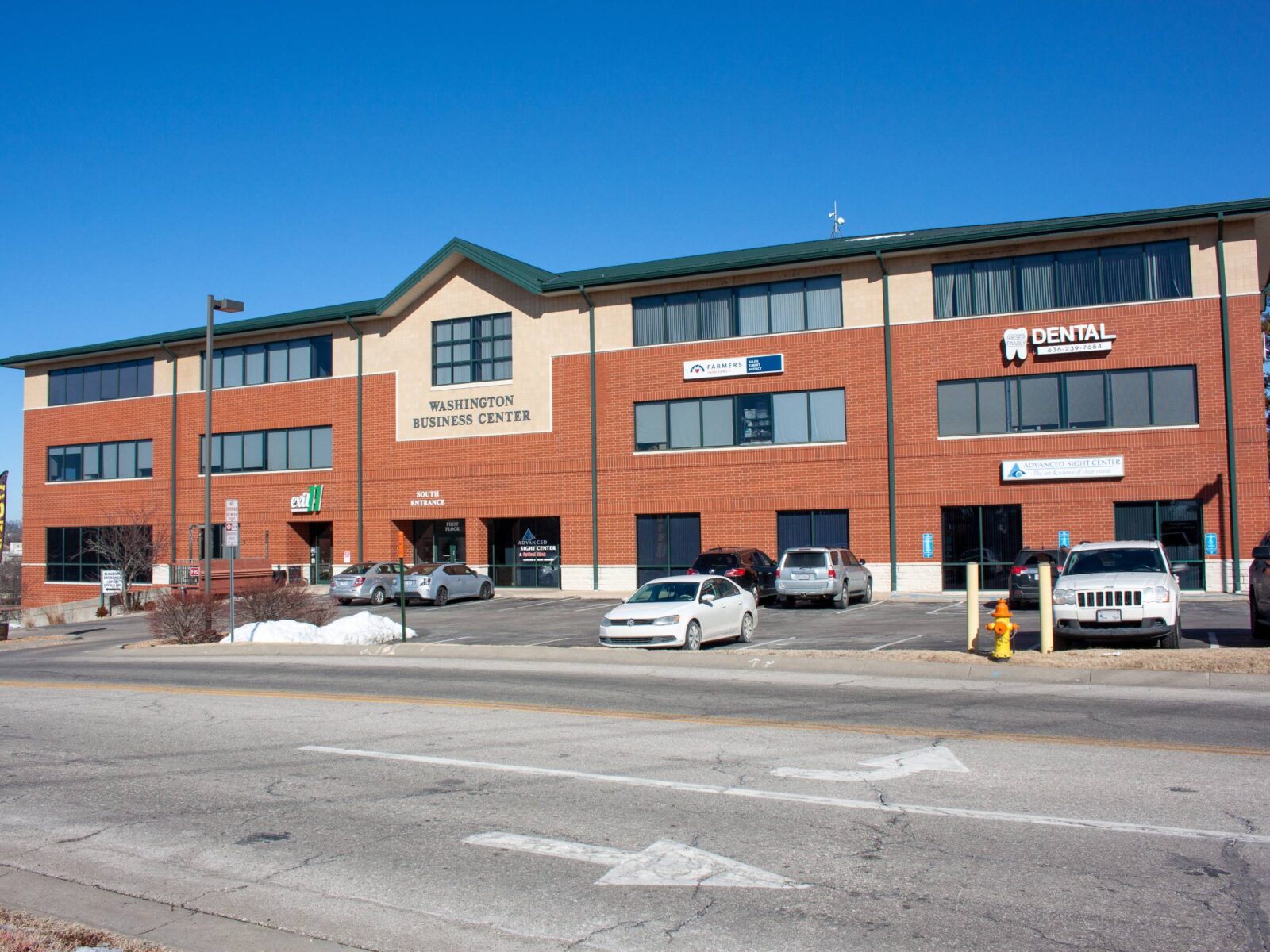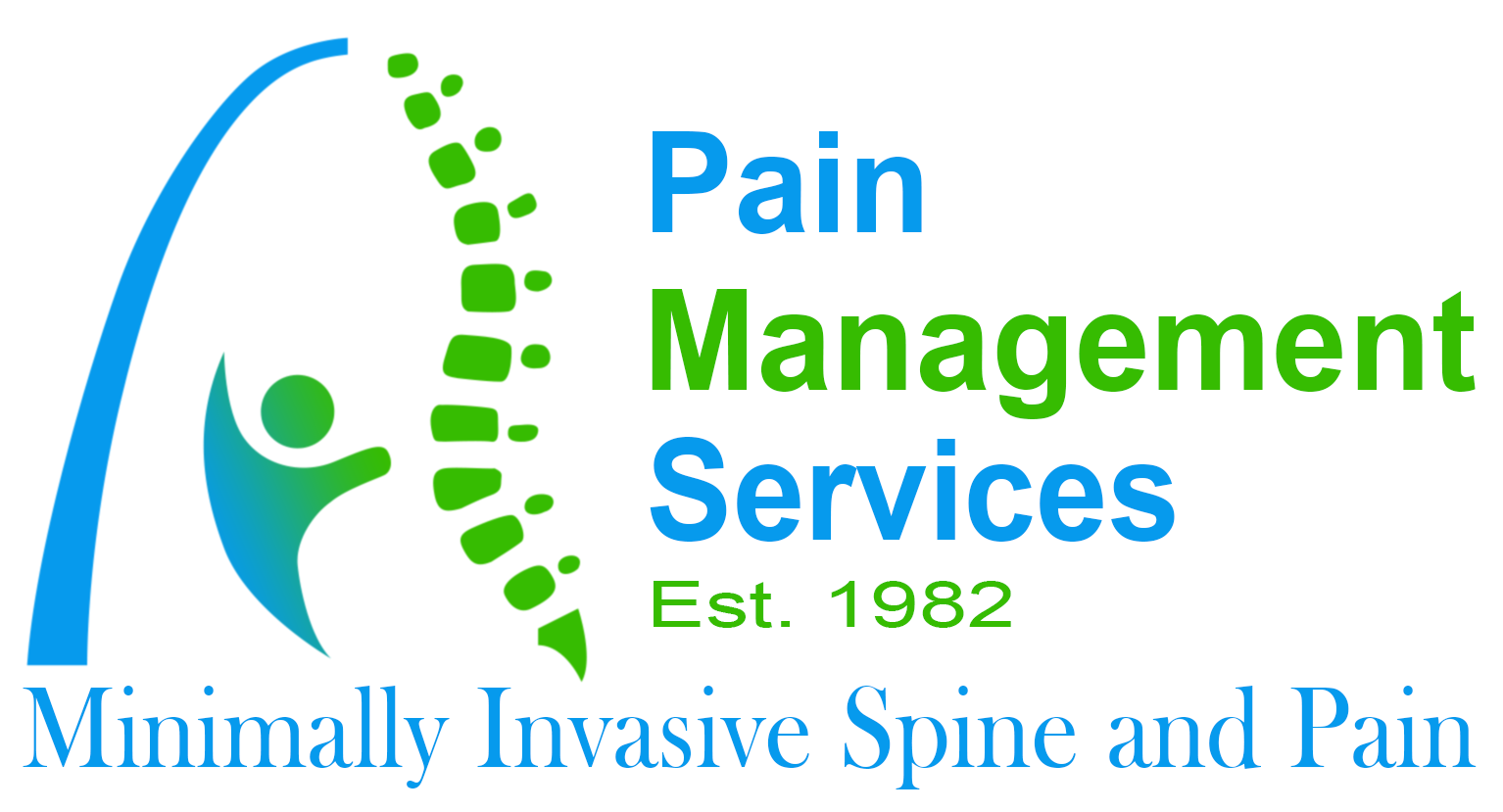Living with muscle pain can seriously impact our ability to live life to the fullest. When that pain becomes chronic, the impact is even more severe. Myofascial pain syndrome is a condition that can lead to chronic muscle pain. The underlying cause of this syndrome isn’t well understood, but some treatments can bring some degree of relief. Those who suffer from this condition can find relief by working with their pain management specialist. You can get relief from the symptoms of myofascial pain syndrome with the help of your pain management specialist.
Understanding Myofascial Pain Syndrome And How To Get Relief
The symptoms of myofascial pain syndrome are produced by the impact the condition has on your musculoskeletal system. Everyone experiences muscle pain sometimes, but it usually passes on its own. Myofascial pain syndrome can lead to daily muscle pain in sufferers. This pain comes from trigger points within the muscle. These locations are quite sensitive to pain, though you can experience the pain away from them. When pain from a trigger point is felt elsewhere in the body, it’s known as referred pain. Below are some important points related to myofascial pain syndrome:
- Fascia – This fibrous material performs an essential function in our muscles. Thanks to fascia, our muscles can easily stretch and contract. They also make it possible for muscle groups to work together without applying friction to each other. This helps protect them from damage or tearing.
- Trigger Points – These points develop within the fascia and are sensitive to pressure. When pressure is applied to these points, they respond by producing significant pain. It is sometimes possible to feel these pressure points within the muscle. They’ll often feel like knots or small bumps within the muscle. These bumps indicate areas where the muscle are tensed and are not relaxing. This can reduce blood flow and, thereby, the amount of oxygen the area receives. Waste material will also build up in this area, causing inflammation and triggering the trigger points.
While myofascial pain syndrome and fibromyalgia are often confused for one another, they are not the same condition. A proper diagnosis is essential to ensuring that your treatment plan can produce results. The two are mistaken for each other because of their symptoms. These symptoms can include numbness, fatigue, chronic muscle pain, and migraines. One primary difference between the two conditions is that myofascial pain syndrome may fade over time. Fibromyalgia tends to be chronic in nature.
Speak To Your Pain Management Specialist To Learn More
If you’re experiencing symptoms associated with myofascial pain syndrome, reach out to your pain specialist. They’ll be able to reach a correct diagnosis of your condition. Using this information, they’ll develop a treatment plan to help you find relief. If you live with myofascial pain syndrome, there’s hope for a future free from pain. Call and get a consultation with your pain management specialist today.










